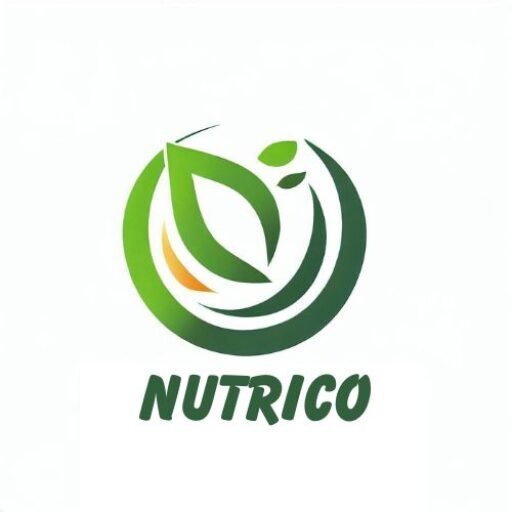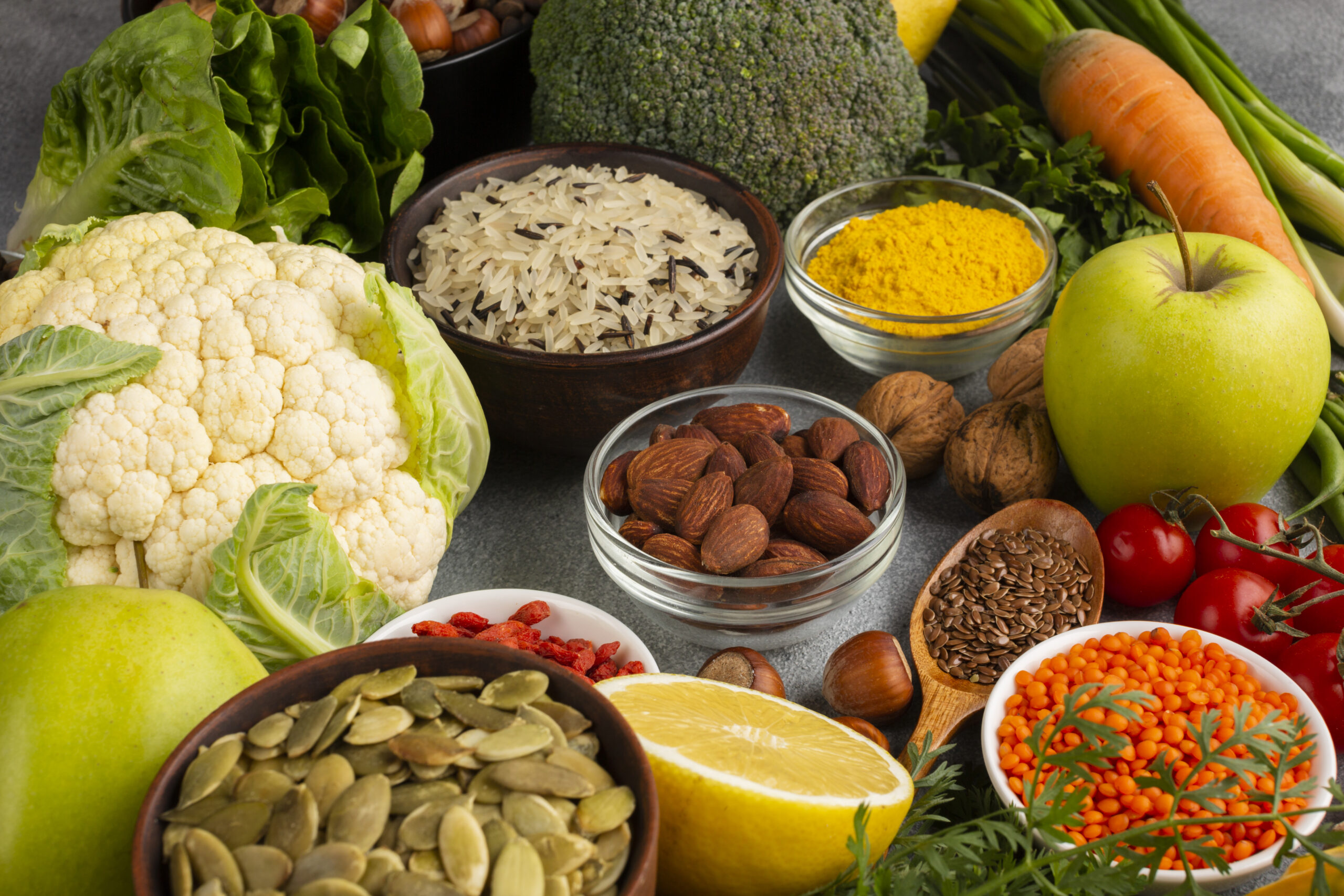Glycemic load (GL) is a concept that has gained attention for its role in managing blood sugar levels, particularly for individuals with or at risk of diabetes. It expands upon the glycemic index (GI) by offering a more exact method for understanding what a part of food means for glucose. While the GI spotlights exclusively on how rapidly starches raise glucose, GL thinks about both the quality (GI) and amount (grams of carbs) consumed in a solitary serving. This makes it a more down to earth and thorough device for forestalling diabetes and controlling blood glucose levels.
In this blog, we will jump profound into what glycemic load is, the manner by which it varies from the glycemic index, and how getting it and applying this idea can be urgent in forestalling and overseeing diabetes.
What is Glycemic Load?
Glycemic Load (GL) is an action that considers both the GI of a food and how much sugars in a commonplace serving. While the GI gives data on how quick a food increments blood glucose levels, it doesn’t represent the amount of that food is regularly eaten or the number of sugars it that contains. This is where the idea of glycemic load comes in.
The recipe for working out GL is:
GL= GI×Carb content (grams)/100
Food sources with a low GL will smaller affect glucose regardless of whether their GI is high on the grounds that the starch content per serving is low. On the other hand, a food with a high GL can possibly cause enormous spikes in glucose since it has both a high GI and a lot of starches.
Classifications of Glycemic Load
The GL of food varieties is sorted as follows:
- Low GL: 10 or less
- Medium GL: 11 to 19
- High GL: at least 20
Food sources with a lower glycemic load are for the most part better for keeping up with consistent glucose levels, while high-GL food varieties can cause fast glucose spikes and crashes, which are impeding for individuals with diabetes or those in danger of creating it.
Glycemic Load versus Glycemic Index
While both the glycemic record and glycemic load are valuable for overseeing glucose, the two vary in key ways:
- Glycemic Index (GI): Measures how quick a food raises glucose, yet doesn’t represent how much food ate.
- Glycemic Load (GL): Gives a more complete measure by considering in both the quality (GI) and amount (starch content) of the food devoured.
For example, watermelon has a high GI of around 72, and that implies it causes a speedy spike in glucose. Notwithstanding, its GL is moderately low, around 4, since it contains not many carbs per serving. This shows why the glycemic load is many times a superior sign of a food’s genuine effect on blood glucose.
Why Glycemic Load is Significant for Diabetes Anticipation?
Research shows that reliably eating food sources with a high glycemic load can prompt insulin obstruction, which is a forerunner to type 2 diabetes. Insulin obstruction happens when the body’s phones become less receptive to insulin, requiring the pancreas to create more to control glucose levels. After some time, this can prompt the advancement of diabetes.
The most effective method to Involve Glycemic Load for Diabetes Avoidance
Pick Low-GL Food sources
The best method for controlling glucose and forestall diabetes is by zeroing in on food varieties with a low glycemic load. These food varieties are commonly high in fiber, protein, or solid fats, all of which assist with easing back the retention of sugars. Models include:
- Non-bland vegetables: Salad greens, broccoli, cauliflower, and tomatoes
- Vegetables: Beans, lentils, and chickpeas
- Entire grains: Oats, quinoa, and grain
- Nuts and seeds: Almonds, chia seeds, and flaxseeds
- Natural products with a low GL: Apples, berries, and citrus organic products
These food sources cause increasingly slow expansions in glucose, which diminishes the interest for insulin and forestalls insulin opposition.
Limit High-GL Food sources
High-GL food sources, like sweet bites, white bread, and handled cereals, cause fast spikes in glucose followed by an accident. This rehashed cycle can prompt insulin obstruction and ultimately type 2 diabetes. To decrease the gamble of diabetes, limiting the utilization of these foods is fundamental. Instances of high-GL food sources include:
- White rice and bread
- Sweet breakfast grains
- Desserts like treats, cakes, and candy
- Potatoes and fries
Offset Carb Admission with Fiber, Protein, and Fat
Eating sugars alone can prompt a higher glycemic load, yet consolidating them with fiber, protein, and sound fats can lessen the in general glycemic impact of the feast. For instance, matching a high-GI food like white bread with avocado or a modest bunch of almonds can diminish its generally speaking glycemic load.
- Fiber: Dissolvable fiber dials back absorption and the arrival of sugars into the circulatory system. Food sources like oats, grain, beans, and apples are wealthy in fiber and can help diminish the glycemic heap of a dinner.
- Protein: Protein doesn’t raise glucose levels, making it a fundamental piece of a fair dinner for diabetes counteraction. Adding lean meats, fish, tofu, or vegetables to your feasts can settle glucose.
- Fats: Sound fats like those in olive oil, nuts, seeds, and avocados can likewise bring down the glycemic load by easing back sugar assimilation.
Screen Part Sizes
Segment control is pivotal while overseeing glycemic load. Indeed, even low-GL food varieties can altogether affect glucose whenever ate in enormous amounts. For example, while entire grain pasta has a lower GL than white pasta, eating a huge part might in any case raise blood glucose levels considerably. Being aware of part estimates assists keep your blood with sugaring inside a sound reach.
Integrate Actual work
Practice assumes a significant part in forestalling diabetes by further developing insulin responsiveness. Active work assists the muscles with retaining glucose all the more proficiently, lessening the generally speaking glycemic heap of dinners. Customary activity, like strolling, cycling, or strength preparing, can diminish the gamble of creating diabetes by bringing down glucose levels and further developing how your body answers insulin.
Pick Entire Food varieties Over Handled Food sources
Entire, natural food sources for the most part have a lower glycemic load than their handled partners. Handling frequently eliminates fiber and fundamental supplements, prompting a higher glycemic load. For example, entire organic products are desirable over organic product juices, as they contain fiber that dials back sugar ingestion. Essentially, entire grains like earthy colored rice and quinoa have a lower glycemic load than refined grains like white rice and bread.
Meal Planning
Integrating the idea of glycemic load into your feast arranging can assist you with settling on better food decisions and forestall diabetes. Here is an example low-GL dinner plan:
Breakfast:
- A bowl of oats finished off with chia seeds, almonds, and new berries
- Green tea or dark espresso
Lunch:
- A quinoa salad with barbecued chicken, blended greens, avocado, and a vinaigrette dressing
- A side of cooked vegetables like ringer peppers and zucchini
Snack:
- An apple with a little small bunch of pecans
Dinner:
- Heated salmon with a side of steamed broccoli and yams (with some restraint)
- A blended green serving of mixed greens in with olive oil and lemon dressing
This feast plan centers around low-glycemic-load food varieties, joining fiber, protein, and solid fats with moderate segments of perplexing starches to keep up with stable glucose levels.
Understanding glycemic load is fundamental for forestalling and overseeing diabetes. By zeroing in on the GL of the food sources you eat, you can go with additional educated decisions about what various dinners mean for your glucose. Choosing low-GL food sources, offsetting sugars with fiber, protein, and fat, and controlling part sizes can assist you with keeping up with stable blood glucose levels, lessen insulin obstruction, and at last lower your gamble of creating type 2 diabetes. Consolidating customary activity and picking entire, natural food varieties are likewise basic strides in diabetes anticipation.

